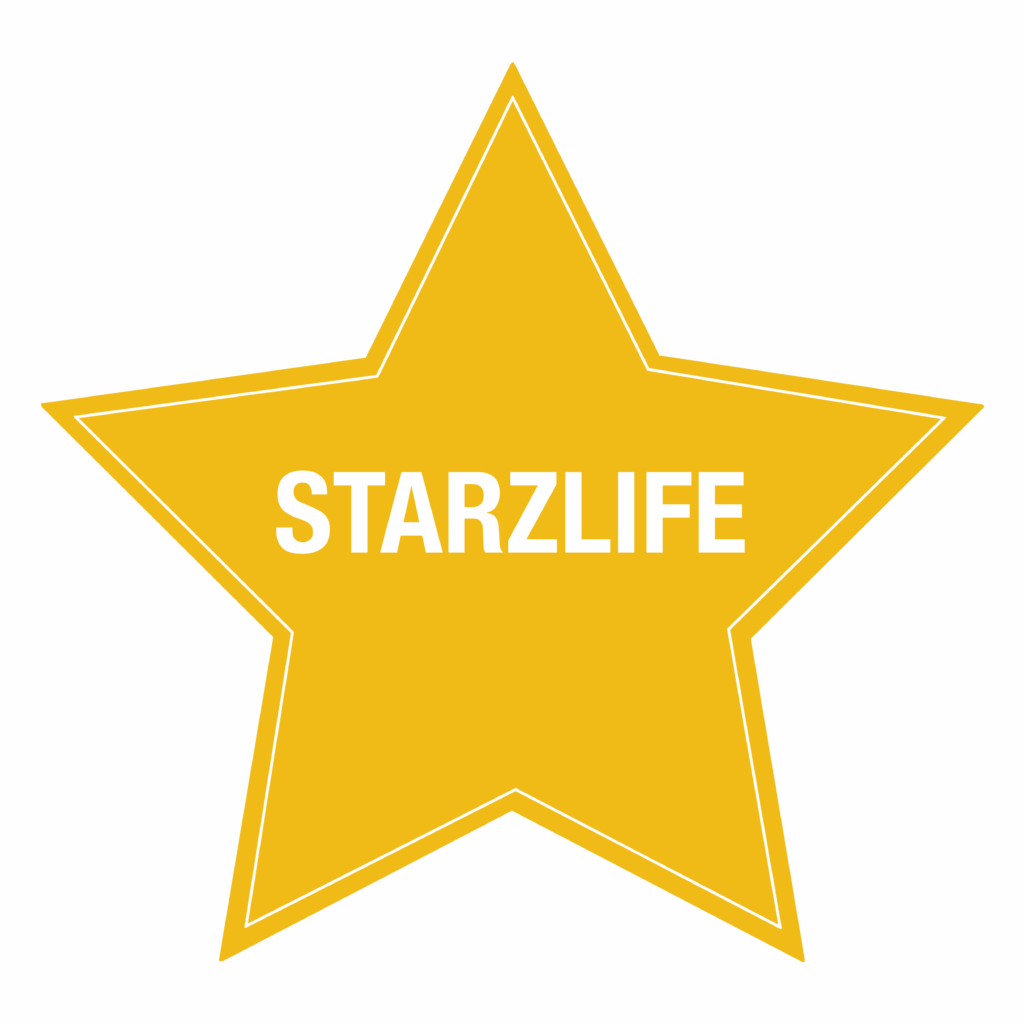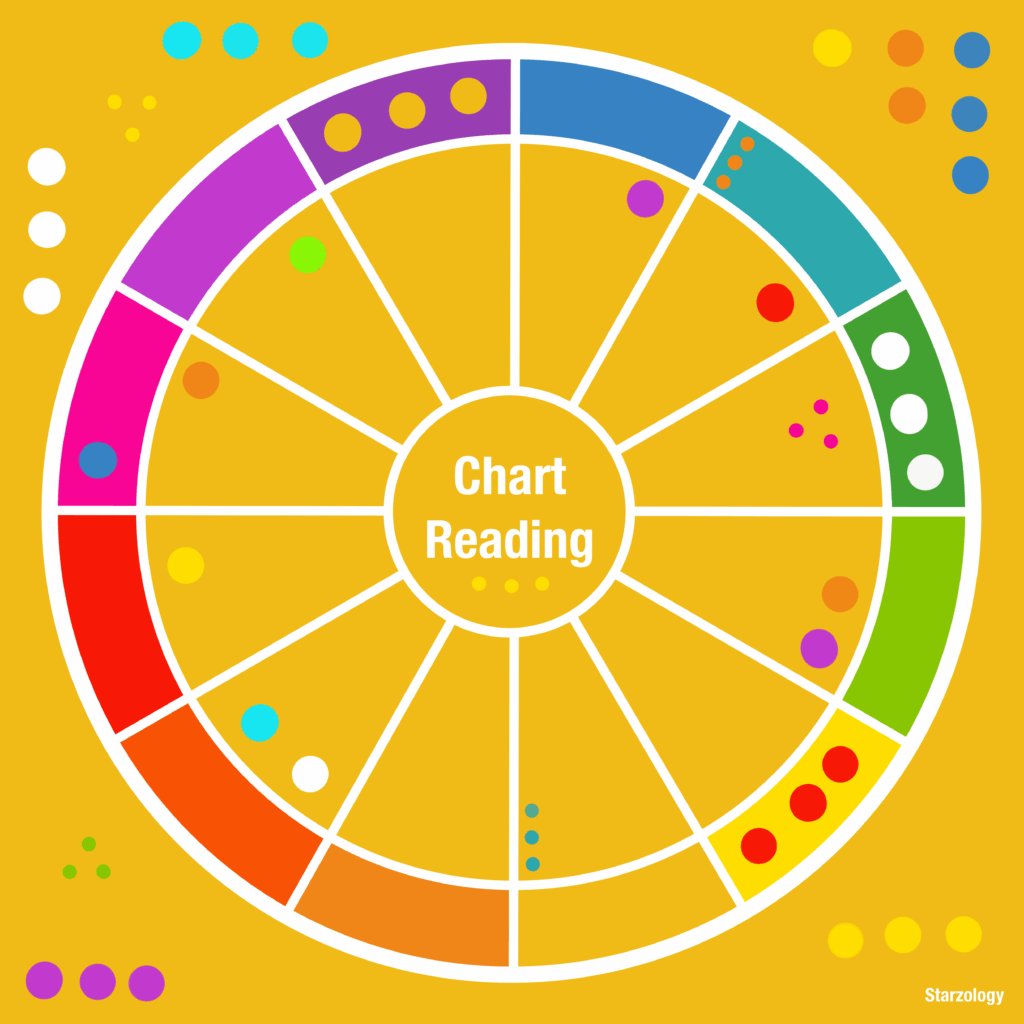In astrology, a fun way to learn astrology is by making yourself an astrology card deck. I share with you how to make your own deck.

Mercury
Mercury
About Mercury
Mercury is one of the key planets in astrological interpretation, and it holds a special place in shaping an individual’s personality, communication style, and thought processes.
In simple terms, Mercury is associated with the way you think, speak, and process information.
Let’s delve into this with a gentle and caring approach.
Podcast Episodes
Listen to our latest podcast episodes and learn about the planet MERCURY and how you can interpret it in your charts.
In these episode,s Alison and Arwynne discuss all about Mercury in your chart.
They share some keywords and how this personal planet expresses itself in each sign and house.
Influence
Mercury is often described as the planet of communication and intellect.
It influences how we express ourselves, how we learn, and how we perceive the world around us.
Imagine Mercury as the cosmic messenger, delivering the thoughts and ideas from the depths of your mind to the outside world.
Communicates and Learns
Mercury’s position in your birth chart plays a significant role in shaping your communication style and learning preferences.
It affects how you process information, make decisions, and interact with others.
If Mercury is strong in your chart, you may find it easier to convey your artistic ideas and connect with people who share your creative passions.
On the other hand, if Mercury is challenged, you might face hurdles in effective communication, which can be a valuable area for personal growth in your artistic pursuits.
Sign
The zodiac sign in which Mercury resides in your birth chart adds another layer of complexity.
Each sign bestows certain characteristics and qualities upon Mercury.
For instance, if Mercury is in a fiery sign like Aries, you might have an energetic and assertive way of expressing your artistic ideas.
If it’s in a watery sign like Pisces, your art could be deeply intuitive and emotionally charged.
House
Furthermore, the house placement of Mercury in your chart determines the specific areas of life where you channel your creative and communicative energies.
If Mercury is in the 5th house, which is traditionally associated with creativity, your artistic endeavors are likely to be a significant part of your life and identity.
Aspects
Mercury’s aspects to other planets in your chart also influence your artistic journey.
Positive aspects like trines and sextiles can enhance your ability to communicate and create, while challenging aspects like squares and oppositions may require extra effort in order to harmonize your artistic expression with your inner self.
Mercury and Art
In astrology, Mercury isn’t just about words; it’s about the entire spectrum of communication, including the silent language of art.
It’s the gentle whisper in your ear, guiding you through the intricate dance of colors and forms.
By understanding your Mercury placement and its aspects, you can gain insight into your artistic strengths and areas where you can improve.
Keywords
Thinking: Thinking, talking, what you think and talk about are Mercury activities.
Information gathering: Also all forms of reading, writing, typing, handwriting, speech, your communication style, language, messages, penmanship, listening, calligraphy, codes and cyphers.
Mental arithmetic: Mercury rules arithmetic and numbers.
Commerce: Mercury rules all commerce, merchants, traders, deals,
Handiwork: Dexterity, handicrafts and handiwork.
School: Your early learning processes, intelligence and how you digest information is shown by the Mercury placement in your chart.
Mercury in the Signs
Here are some quick, precise phrases for Mercury in each sign.
Aries
You speak your mind.
Taurus
You make decisions slowly.
Gemini
You gesticulate when talking (rules the sign).
Cancer
You use emotional language.
Leo
You can speak to an audience.
Virgo
You trade meticulously (rules the sign).
Libra
You have a graceful verbal expression.
Scorpio
You listen more that you speak.
Sagittarius
You spin a good yarn, if an exaggerated one.
Capricorn
You have a dry sense of humor.
Aquarius
You speak the truth more than most.
Pisces
You may have telepathic abilities.
Mercury in the Houses
Here are some quick statements about Mercusry in the houses.
First House
You are proactive.
Second House
You discuss your finances.
Third House
You worry what the neighbors think.
Fourth House
You document your family history.
Fifth House
You like quizzes and crosswords.
Sixth House
Your work is verbal.
Seventh House
You discuss your relationships.
Eighth House
You read occult books.
Ninth House
You can learn a foreign language.
Tenth House
Your communication can benefit you at work.
Eleventh House
You tell jokes to your friends.
Twelfth House
You read spiritual literature.

Pin this image to your Pinterest board
Retrograde
If you want to dig deeper into the famous Mercury retrograde cycles check out these articles.

More Articles
If you enjoyed this post, you may like some more astrology related articles from our blog.

4th House
In astrology, the 4TH HOUSE suggests your family, home, ancestors, foundations and roots. The sign on the cusp will influence this.

11th House
In astrology, the 11th house suggests your friends, groups and social conscious. It shows who you associated with.





























































